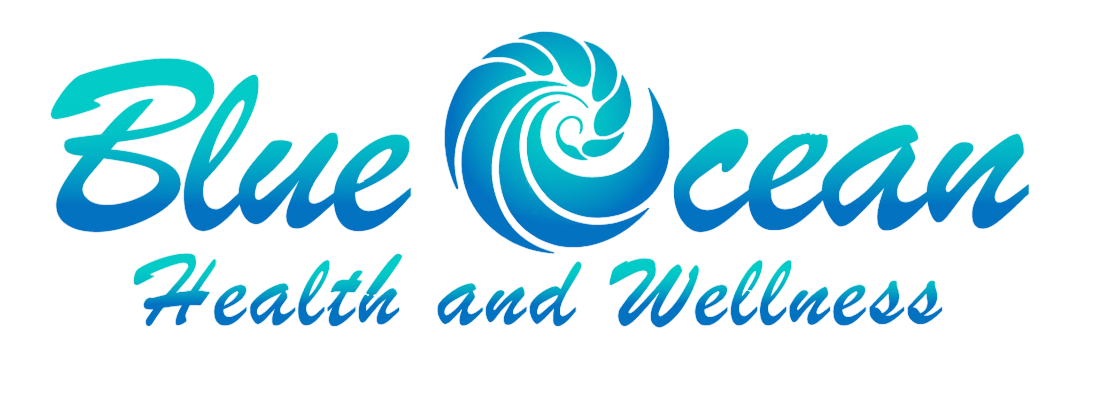Are you confused about which fats and oils are healthy and which are not? If so this is unsurprising given the misinformation surrounding the topic. Eating the right type and amount of fats and oils in the diet is crucial for health. Low fat diets were all the rage for a long time, and supermarket shelves are still stocked with many low fat products to this day. The myth persists, even though research has long since disproven the supposed health benefits of low fat diets.
The brain is 60 percent fat, and needs essential fats to repair and maintain its structure. Every cell wall in the body is comprised of lipids, ie: fats. Cells are constantly being replaced as part of the body’s regeneration process and need lipids to create healthy new cells. Not eating enough fats and oils can predispose to heart disease, degenerative brain diseases, diabetes and other serious health issues.
Fats are needed to absorb the fat soluble vitamins: A, D, E, K. Fats also enhance the flavour of food and make us feel satisfied after eating them. They are a good source of energy and burn slowly in the body. But here’s the thing – eating fat doesn’t make you fat, it’s sugar, fructose, alcohol and other carbs that are readily converted to body fat. Eating more fats and oils can actually help you lose weight by helping you feel full for longer.
So what are the best fats and oils to include in our diet? A simple rule of thumb is: the less processed a product is, the healthier it is. So cold-pressed olive oil is much healthier than commercial canola, sunflower, rice bran or peanut oil. These oils are superheated and chemically treated to “stabilise” them, ensuring a longer shelf life. They are cheap but terrible for your health. If nature can’t easily break them down, your body can’t either. They cause inflammation, brain, heart and arterial disease, digestive issues and a host of other problems. Micro-droplets of oil have been found in bowel tumours. Most fried foods are cooked in these oils, with fast food businesses often reheating the same oil many times over. Many butter spreads and margarine contain “hydrogenated oils” which are treated to turn them from liquid into solid. Read the labels and minimise your intake of these.
What about saturated fats such as dairy foods: butter cream, cheese, red meat, eggs and others? It is really all about moderation. Yes these foods contain saturated fat, but this has been found to have a neutral relationship with blood cholesterol. If you are also eating unsaturated fats in the form of fish oils and plant oils, especially olive oil, this helps to ensure you are eating enough essential fatty acids to maintain health.
Healthy fats and oils are found in a variety of foods, including fish, nuts, seeds, and vegetable oils. They are not a specific food group, but they are an important part of a healthy diet. Foods that contain healthy fats:
- Fish: Fatty fish like salmon, sardines, mackerel, and tuna are good sources of omega-3 essential fatty acids
- Nuts: Walnuts, brazil nuts, almonds and other nuts are a good source of healthy fats, protein, fibre-, vitamins, and minerals
- Seeds: Flaxseed and chia seeds are excellent plant-based sources of omega-3
- Olive oil: cold-pressed extra virgin olive oil is one of the healthiest oils
- Avocado: Contains healthy monounsaturated fat, as well as fibre, potassium, and vitamins
- Tofu: A complete plant protein that contains monounsaturated and polyunsaturated fats
- Nut and seed butters: Contain healthy fats (peanut, almond, sunflower butter with no added sugar)
- Yogurt: Contains healthy fats
So instead of trying to cut down the amount of fat in your diet you may actually need to increase good fats and oils to maintain your health.
